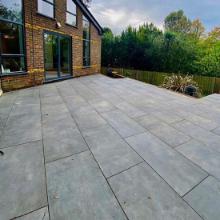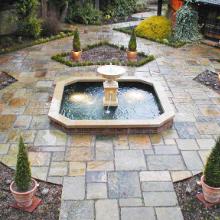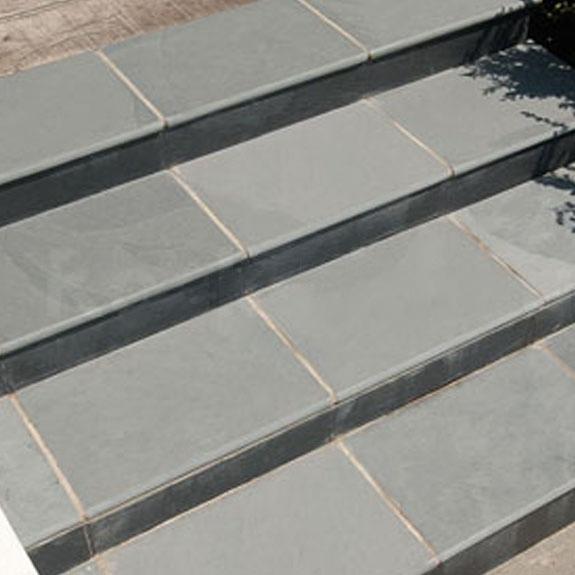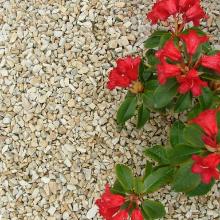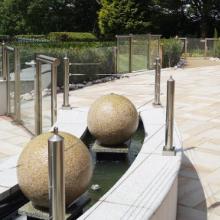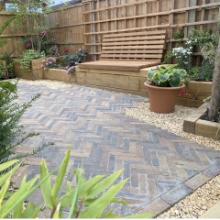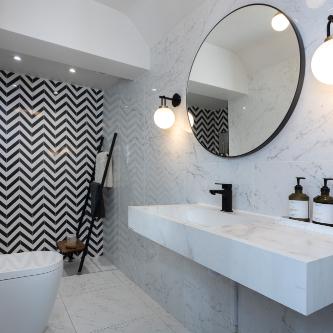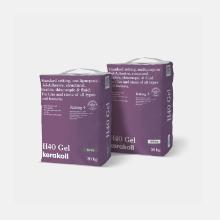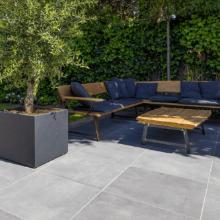Inkjet printing has revolutionised the porcelain tile industry, transforming production from a
mechanical, pattern-based process into a high-precision digital art form. Modern porcelain tiles owe their realistic appearance — from marble veining to weathered limestone textures — to advances in digital inkjet printing that have evolved rapidly over the past two decades.
In the early 2000s, porcelain tiles were decorated using rotary screens or rollers that applied
repeating patterns. While effective, these methods limited variety and realism.
Around 2008–2010, the introduction of digital inkjet printers allowed manufacturers to print directly onto unfired (“green”) tiles using ceramic inks.
This made it possible to produce non-repeating, high-definition designs, greatly expanding the aesthetic possibilities.
Each year has brought significant improvements. Resolution has increased from around 200 dpi to over 1000 dpi, allowing extremely fine detail. Print heads have become more precise, now capable of ejecting droplets as small as 30–50 picolitres. Colour control has improved with the use of multi-channel systems, typically 6–8 colours, including additional greys or earthy tones to achieve natural depth. Registration accuracy — the ability to align print with surface textures — is now computer-controlled to sub-millimetre precision.
The inks used in porcelain printing are not conventional dyes but ceramic pigments — finely milled, inorganic compounds that withstand firing temperatures exceeding 1200°C. Common oxides include cobalt (blue), iron (brown or red), and chromium (green). These pigments are suspended in a solvent that evaporates during firing, leaving behind the vitrified colour locked within the tile surface.
An interesting aspect of the process is that the printed colours look entirely different before firing. Inks may appear pale or muted, only achieving their true colour after the firing process. This demands exceptional calibration and colour management during production.
Today’s premium Italian and Spanish manufacturers combine inkjet printing with 3D pressing or laser engraving to align digital patterns with surface relief.
The result is a tile that not only looks like natural stone or wood but also feels authentic to the touch. Inkjet technology continues to evolve, allowing manufacturers to achieve unprecedented realism, consistency, and creative freedom in porcelain design
